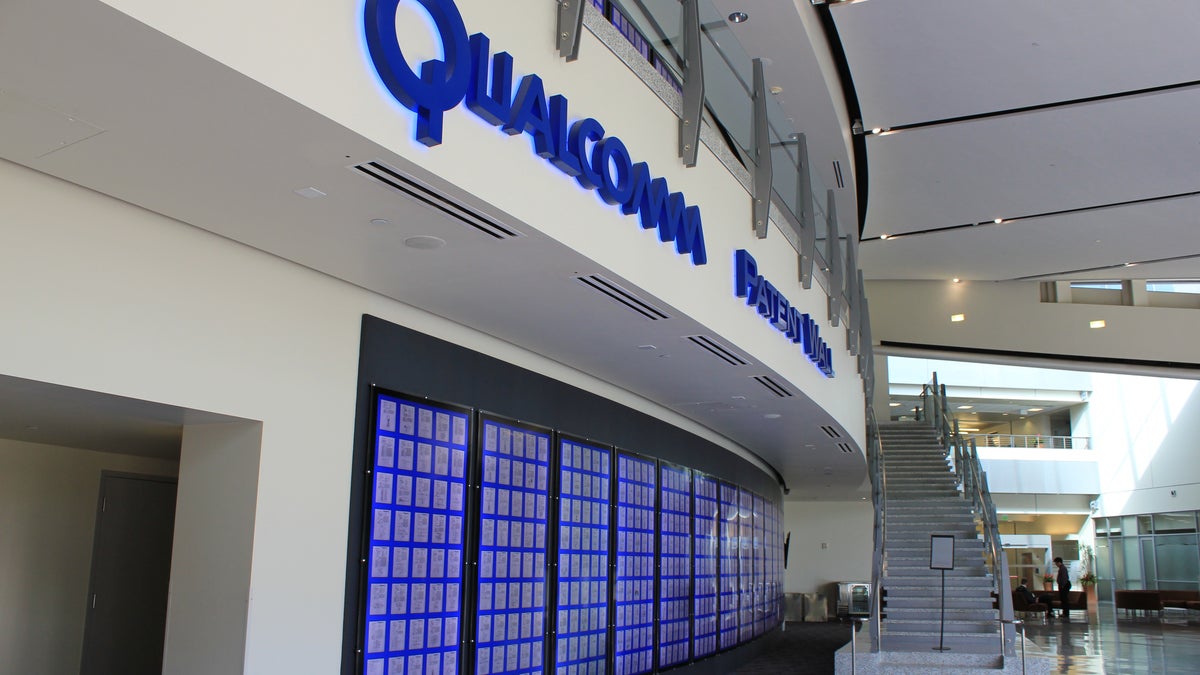Qualcomm's vision: A Snapdragon processor in your TV?
CNET chats with the head of Qualcomm's Atheros unit about his vision to not only provide a wireless connection to each device, but an intelligent processor as well.

If Qualcomm Atheros President Craig Barratt had his way, the whole world would work like his house in Silicon Valley.
Barratt lives in the ideal vision of the connected home. He has precise control over things like temperature, energy consumption, the TV, stereo, and security system--all accessed remotely through his laptop. There's no remote control at home; he and his family can switch on the lights, open and close the curtain, and make sure the lawn is watered by using a connected iPod Touch.
Of course, it helps that Barratt actually wrote the software that powers everything in the house. But he and Qualcomm are working to ensure that it's a lot easier for the average Joe to live in the connected home, all while creating a new business opportunity for his company.
Barratt is a relative newcomer to Qualcomm, having joined earlier this year when his company, Atheros, was acquired for $3 billion. Having run a company that focused on adding Wi-Fi, Bluetooth, and other connection technology into electronics, he shares Qualcomm's vision of adding a wireless connection to all devices.
But beyond that, he believes that many of those devices will have a certain level of intelligence and processing power. As such, he believes that Snapdragon, found in many of the spiffier smartphones in the market, will find its way into other gadgets such as the television or the set-top box.
"We're going to drive technology to more media devices in the home," he said in an interview with CNET.
Next year, some of Qualcomm's customers will unveil "novel devices," meaning anything beyond a smartphone or tablet, that will carry the company's Snapdragon processor, Barratt said. Over time, Qualcomm will be able to tailor processors for specific devices in the home, he added.
An even smarter TV
One of the biggest opportunities down the line may come from increasing the processing power of the television. Technology companies and pundits are always talking about the three screens: cell phone, computer, and television. While the smartphone and computer have only gotten increasingly intelligent, the television lags far behind.
The newer and more expensive televisions now come packed with rudimentary apps and browsers, but Barratt said there's an opportunity to give it the same kind of processing power as a phone or computer. He added that the processor could run in a television itself, or power a set-top box that can seamlessly connect with the phone and computer.
The television business is already a tough market, with manufacturers struggling to generate profits and new excuses to upgrade. The addition of more intelligence than what's available now could drive faster upgrades and a renewed demand for new sets, Barratt said.
"The challenge is to get enough rich features to justify a faster upgrade," he said.
Much of the technology needed to work in a television is already available in Snapdragon, he noted.
For now, the company is focused on supplying chips with Wi-Fi and Bluetooth connections in them. But eventually, the larger opportunity will come from adding processors to these devices.
The Internet of things
Barratt is a big believer in the "Internet of things," or a scenario when all devices can connect directly with each other, as opposed to pinging the network first. Cell phones can't directly communicate with each other; they have to speak with their own central network provider and connect through infrastructure.
He expects that devices will increasingly speak directly to each other, which would allow for faster communication with less lag time. The devices will be able to use Wi-Fi, Bluetooth, and even powerline technology, which relies upon the home's existing power infrastructure, to communicate. In the home, devices would be able to communicate with each other, rather than through a router.
The advantages are numerous. You can "flick" a photo onto the television screen in real time, rather than have that data get shuttled through a third connecting access point. Qualcomm already has a working demo for that feature. A person can also more easily connect multiple devices to the television without the tangle of physical cords. Qualcomm is looking to provide chips on both ends, which Barratt said would make for a better customer experience.
It's slightly different than the wireless carriers' vision of connected devices. AT&T, for instance, has a goal to get any gadget with an electronic signal to carry a cellular chip. Barratt doesn't necessarily believe that will be the case, but he does believe that there will be more communication between devices.
Barratt said Qualcomm and Atheros have a well-worn playbook on how to get connectivity chips into devices such as smartphones and PCs. He plans to use the same playbook to get other devices connected too.
"That's where the long-term growth is," he said.

